Descripción
Desde que se publicó la novena edición de este libro, el campo ha experimentado continuas innovaciones y mejoras. En esta nueva edición, trato de capturar estos cambios mientras mantengo una cobertura amplia y completa de todo el campo. Para iniciar este proceso de revisión, la novena edición de este libro fue revisada extensamente por varios profesores que enseñan el tema y por profesionales que trabajan en el campo. El resultado es que, en muchos lugares, la narración se ha aclarado y ajustado, y se han mejorado las ilustraciones. Más allá de estos refinamientos para mejorar la pedagogía y la facilidad de uso, ha habido cambios sustanciales a lo largo del libro. Aproximadamente se ha mantenido la misma organización de capítulos, pero gran parte del material se ha revisado y se ha agregado material nuevo. Los cambios más destacables son los siguientes:
? GPGPU [Computación de propósito general en unidades de procesamiento de gráficos (GPU)]: uno de los nuevos desarrollos más importantes en los últimos años ha sido la adopción generalizada de GPGPU para trabajar en coordinación con las CPU tradicionales para manejar una amplia gama de aplicaciones que involucran grandes arreglos. de datos. Se dedica un nuevo capítulo al tema de las GPGPU.
? Procesadores multinúcleo heterogéneos: el último desarrollo en arquitectura multinúcleo es el procesador multinúcleo heterogéneo. Una nueva sección en el capítulo sobre procesadores multinúcleo analiza los diversos tipos de procesadores heterogéneos multinúcleo.
? Sistemas integrados: la descripción general de los sistemas integrados del Capítulo 1 se revisó y amplió sustancialmente para reflejar el estado actual de la tecnología integrada.
? Microcontroladores: en términos de números, casi todas las computadoras que se usan actualmente son microcontroladores integrados. El tratamiento de los sistemas integrados en el Capítulo 1 ahora incluye la cobertura de los microcontroladores. El microcontrolador ARM Cortex-M3 se utiliza como sistema de ejemplo en todo el texto.
? Computación en la nube: Nuevo en esta edición es una discusión sobre la computación en la nube, con una descripción general en el Capítulo 1 y un tratamiento más detallado en el Capítulo 17.
? Rendimiento del sistema: la cobertura de los problemas de rendimiento del sistema se ha revisado, ampliado y reorganizado para un tratamiento más claro y completo. El capítulo 2 está dedicado a este tema y el problema del rendimiento del sistema surge a lo largo del libro. Prefacio xvi Prefacio
? Memoria flash: la cobertura de la memoria flash se ha actualizado y ampliado, y ahora incluye una discusión sobre la tecnología y la organización de la memoria flash para la memoria interna (Capítulo 5) y la memoria externa (Capítulo 6).
? RAM no volátil: Nuevo en esta edición es el tratamiento de tres nuevas e importantes tecnologías de RAM de estado sólido no volátil que ocupan diferentes posiciones en la jerarquía de la memoria: STT-RAM, PCRAM y ReRAM.
? Acceso directo a caché (DCA): para cumplir con las demandas de procesamiento de protocolo para conexiones de red de muy alta velocidad, Intel y otros fabricantes han desarrollado tecnologías DCA que brindan un rendimiento mucho mayor que los enfoques tradicionales de acceso directo a memoria (DMA). Como novedad en esta edición, el Capítulo 7 explora DCA con cierto detalle.
? Microarquitectura Intel Core: Al igual que en la edición anterior, la familia Intel x86 se utiliza como un sistema de ejemplo principal en todo el proceso. El tratamiento se ha actualizado para reflejar los sistemas Intel más nuevos, especialmente la microarquitectura Intel Core, que se utiliza tanto en PC como en productos de servidor.
? Problemas de tarea: Se ha ampliado la cantidad de problemas de tarea complementarios, con soluciones, disponibles para la práctica de los estudiantes.
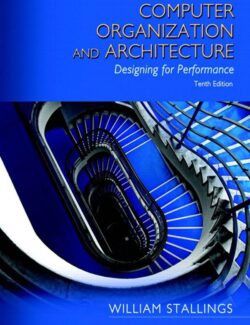
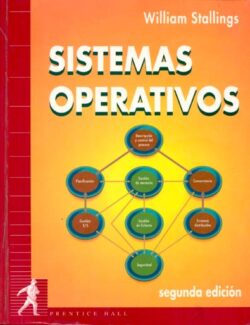
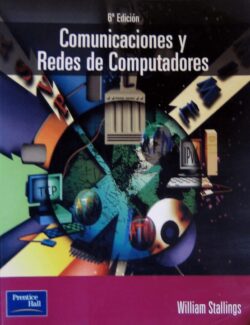
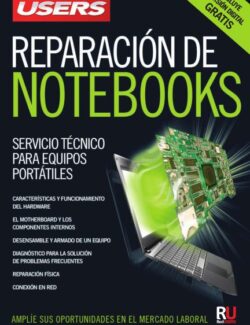




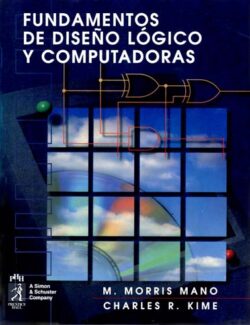

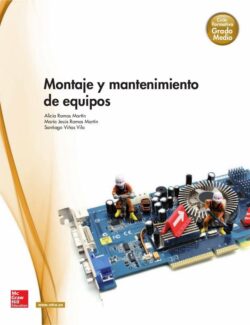


Déjanos un comentario
No hay comentarios